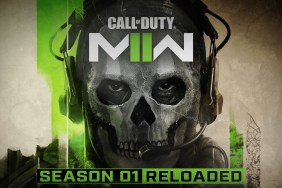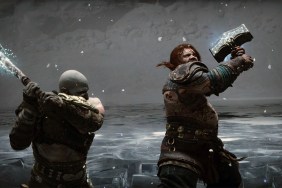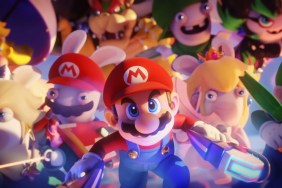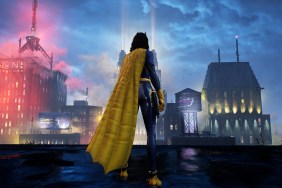Being a ninja surely can’t be this tiresome.
If you haven’t heard of Naruto, you may be a hermit first intimidated by this game’s lengthy title . I want to be able to tell my friends the name of the video game I’m playing, Naruto Shippuden: Ultimate Ninjas Heroes 3, without forgetting all the words to the title because it’s just too damn long to remember (so I’ll be using initials instead). The popular spiky yellow-haired, pubescent character is back again, continuing with his ongoing—never seeming to cease—ninja saga. This installment of the well-known Naruto franchise tries to deliver an enriched video game with variety and an assortment of playable characters, but the bad outshines the good in several notable ways.
[image1]The overall interface in NS:UNH3 is extremely simple to navigate. Chapters are broken into acts, which contain a grid of squares, and each square links to the game’s storyline, items, or optional side missions. This is satisfying for players who want to run through the levels and battles quickly without having to deal with anything in between. When you begin the game, you face combatants, who are not introduced in the storyline yet. Fans will recognize these characters from previous titles, but newcomers will be unfamiliar with them, causing some confusion as to who they are and why the hell you’re fighting them.
Battles consist mainly of the button mashing technique, which I don’t mean to brag, but heh, I have that technique mastered. The combo list in NS:UNH3 is short. Instead of being confronted with a string of seven or more buttons, it only takes two or three buttons to unleash powerful attacks. Its simplicity works well for beginners to become familiar with the fighting genre, but the game lacks strategy overall, which will push hardcore players away.
As you progress, you unlock a variety of content, such as tactics, collectables, ninjutsu scrolls, wallpapers, and playable characters, which is the best kind of content you can unlock. There are at least 45 characters and being able to play as each one during certain battles is very rewarding. You also have A.I. teammates in certain battles, but they act more like Rambo than a ninja, continuously attacking the opposition without any real sneakiness. The A.I. proves to be useful at least by giving you opportunities to attack from behind, but it’s not very ninja-like to use your allies as a distracting piece of meat.
Plus, developers must have sensed that this would happen, so they gave you battle conditions. These conditions involve completing a range of objectives, such as achieving a 10-hit combo, finishing the enemy off with ultimate jutsu, or making sure that all allies survive; otherwise, you fail the mission.
[image2]Before accepting any mission, you can survey the battle conditions beforehand and select a tactic to aid you in your battle or objective. Tactics allow you to alter the gameplay just a wee bit by increasing a character’s speed, defense, attack, or jump, but you’re only able to use one tactic at a time. Tactics cost ninja points, which are gained from completing any type of mission, but the cost of these tactics won’t burn a hole in your wallet.
The cut-scenes throughout the storyline are regrettably still frame shots of the characters standing next to each other. You can hear their voices, but they don’t move their mouths and their facial expressions may change a bit, but it’s very minimal. The images are clear and filled with vibrant colors, so I expected impressive animated cut-scenes, but what I got was disappointment.
If fighting becomes exhausting (because any ninja who kicks ass on a daily basis needs a break, right?), you can complete optional objective-based missions. Your objectives range from breaking a certain number of objects, eliminating a certain amount of enemies, or racing. All of these objective game types have a time limit, which is both irritating and challenging: enemies pose a hindrance while random birds attack you and other obstacles try to block you.
[image3]Although objective missions provide a nice break away from battles, it still eventually becomes repetitive: race, battling, storyline, race, battling, storyline, and so on. Most levels have the same layout design too, so playing the game just doesn’t feel that rewarding.
While NS:UNH3 does have character variety, it can only go so far. Ultimate jutsu cut-scenes are impressive, but the cut-scenes in the storyline do not even compare. Newcomers will be entertained enough until they feel the excessive routine of going back and forth between battles and objective missions throughout each act. Unlocking a huge amount of playable characters will attract Naruto fans, but even that task will quickly become tedious. Perhaps developers should focus more on quality over quantity and start heading in a different direction before they tire out their fans with sequels. (Also, shorten those titles, dammit!)
-
45 or more playable characters
-
Ultimate jutsu movies kick ass
-
...storyline cutscenes do not
-
AI is too aggressive but can open attacks
-
Gameplay is too simplistic
-
Lack of depth and strategy
-
Repetitive











